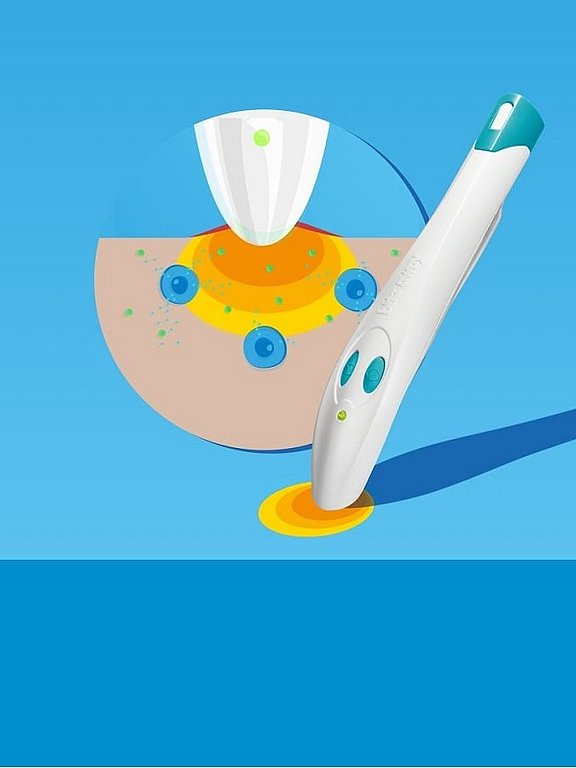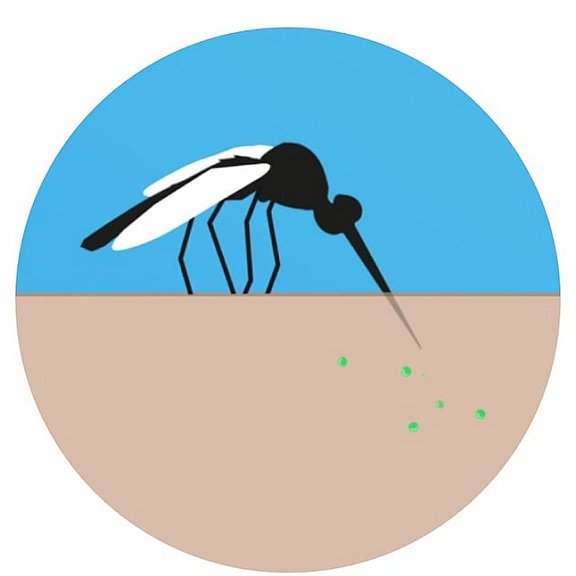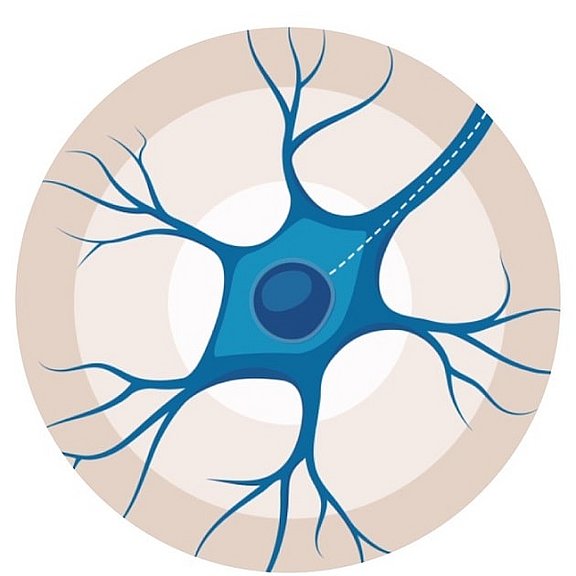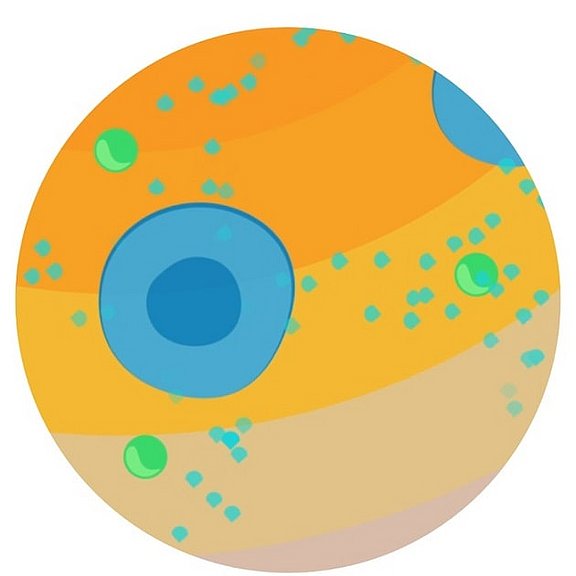HEAT REALLY WORKS!
This is how bite away® works
bite away® applies heat therapy
The original heat pen bite away® applies targeted heat to the skin. It was demonstrated in a clinical study with mosquitoes that bite away® can provide long-lasting relief from itching in as little as one minute4. In a real-life observational study, it was demonstrated that one application is generally enough to stop the itching3.
1: Yosipovitch G, et al., 2005
2: Greaves MW, Mongar JL., 1968
3: Müller et al., Clin Cosmet Investig Dermatol. 2011; 4:191-196
4: Prospective, randomised, placebo-controlled observational study, clinical study conducted at the proDERM Institute, in 2019.



